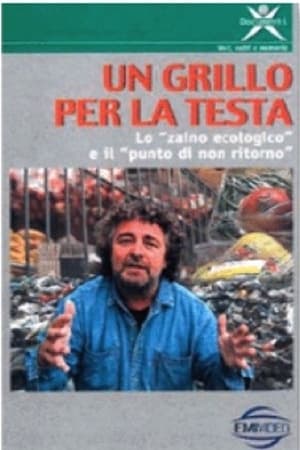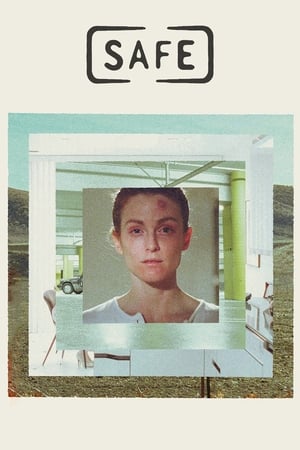

Rio de Lama(2017)
Movie: Rio de Lama

Rio de Lama
HomePage
Overview
Release Date
2017-11-05
Average
0
Rating:
0.0 startsTagline
Genres
Languages:
PortuguêsKeywords
Similar Movies
 8.0
8.0Beavers: Patagonia invaders(es)
In 1940 twenty Canadian Beavers were brought to 'Tierra del Fuego' island in southern Patagonia for commercial fur production. However, beavers having no natural predators, quickly spread throughout the island, causing massive destruction of trees threatening the entire Patagonian forests rivers and species. Why wildlife conservationist are convinced that 150.000 beavers must be killed? Why some of the most recognized specialist are convinced that an eradication is not possible? Meanwhile truism is capitalizing on the situation: a man dressed as a beaver passes out flyers promoting a famous sky resort: 'Cerro Castor' - Beaver Hill. Hunters claim for subsidies, scientists are researching, rangers do what they can and restaurants tray to offer beaver meat to tourist.
 7.0
7.0Nuclear Now(en)
With unprecedented access to the nuclear industry in France, Russia, and the United States, Nuclear Now explores the possibility for the global community to overcome the challenges of climate change and energy poverty to reach a brighter future through the power of nuclear energy. Beneath our feet, Uranium atoms in the Earth’s crust hold incredibly concentrated energy. Science unlocked this energy in the mid-20th century, first for bombs and then to power submarines. The United States led the effort to generate electricity from this new source. Yet in the mid-20th century as societies began the transition to nuclear power and away from fossil fuels, a long-term PR campaign to scare the public began, funded in part by coal and oil interests.
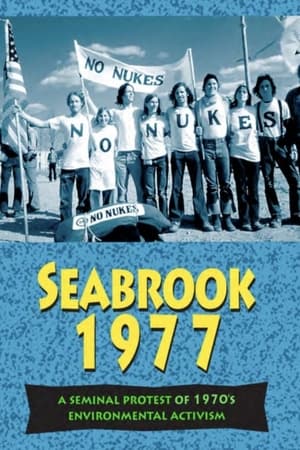 0.0
0.0Seabrook 1977(en)
In April 1977, the small coastal town of Seabrook, New Hampshire became an international symbol in the battle over atomic energy. Concerned about the dangers of potential radioactive accidents, over 2,000 members of the Clamshell Alliance, a coalition of environmental groups, attempted to block construction of a nuclear power plant. 1,414 people were arrested in that civil disobedience protest and jailed en masse in National Guard armories for two weeks.
 0.0
0.0Seagulling(hr)
As societies grapple with the escalating concern of environmental pollution, the imperative for collective consciousness and concerted action becomes ever more pronounced. The impact of human activities on the environment demands heightened awareness and proactive measures. In this context, the utilization of First Person View (FPV) drone technology emerges as a compelling and immersive tool for capturing the essence of our surroundings. The allure of FPV drone footage lies in its ability to provide a unique and genuine perspective of various landscapes, ranging from pristine beaches to meandering valleys and flowing river currents. This immersive visual medium not only serves as a means of documentation but also as a potent catalyst for instigating dialogue and inspiring environmental stewardship.
Your Chance to Live: Pollution(en)
A surrealistic look at the future if man does not learn to control pollution.
A Ghost In The Making(en)
Everyone has heard about bee declines, but with so much attention focused on domesticated honeybees, someone has to speak up for the 4,000 species of native bees in North America. Natural history photographer Clay Bolt is on a multi-year quest to tell the stories of our native bees, and one elusive species – the Rusty-patched Bumble Bee – has become his white whale. Traveling from state to state in search of the Rusty-patched, he meets the scientists and conservationists working tirelessly to preserve it. Clay’s journey finally brings him to Wisconsin, where he comes face to face with his quarry and discovers an answer to the question that has been nagging him: why save a species?
The Congolese Rainforests: Living on Borrowed Time(fr)
In June 2010, French actress Marion Cotillard spent a week in the heart of the tropical forests of the Democratic Republic of Congo with members of Greenpeace France and Greenpeace Africa. She delivers in video a strong testimony on the looting of Congolese forests which benefits a few industrial groups, often European.
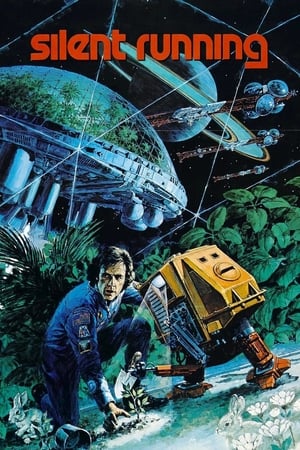 6.4
6.4Silent Running(en)
After the entire flora goes extinct, ecologist Lowell maintains a greenhouse aboard a space station for the future with his android companions. However, he rebels after being ordered to destroy the greenhouse in favor of carrying cargo, a decision that puts him at odds with everyone but his mechanical companions.
 0.0
0.0Greenpeace: There's a Rang-Tan in My Bedroom(en)
Greenpeace brings the rampant destruction of rainforest habitat in Indonesia to grow palm oil into the spotlight.
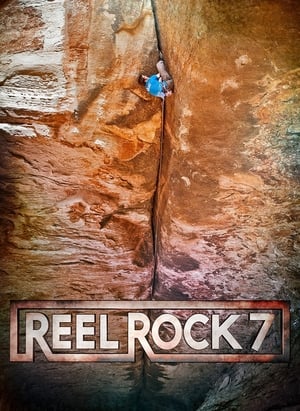 7.5
7.5Reel Rock 7(en)
The biggest stories from the climbing world, told with humor, heart, and mind-bending action. Featuring Alex Honnold in Honnold 3.0, Chris Sharma and Adam Ondra in La Dura Dura, Conrad Anker, Jimmy Chin and Renan Ozturk in Shark's Fin, The Wide Boyz, Sasha DiGiulian, Daila Ojeda and more.
 5.5
5.5Spatiodynamisme(xx)
Spatiodynamisme is six-minute silent color 16mm record of Nicolas Schöffer’s interactive robotic sculpture, CYSP 1, which reacted in unpredictable ways to light and color.
 0.0
0.0The New York Hardcore Chronicles Film(en)
Director Drew Stone’s The New York Hardcore Chronicles Film is an incredible journey through the community and culture of the iconic New York hardcore scene. Not the typical history of a local music scene but so much more. Shot in an episodic format, the film contains over 60 interviews, never before seen footage, photos and a blazing soundtrack. With appearances by Roger Miret & Vinnie Stigma (Agnostic Front), Lou Koller, Craig Setari (Sick Of It All), Ray Cappo (Youth Of Today), Billy Graziadei (Biohazard), Billy Milano (S.O.D. / M.O.D.) and Mike Judge (Judge). The film addresses the community, culture, straight edge and DIY ethic of the hardcore scene in the greatest city in the world that is still vibrant, relevant and going strong to this day.
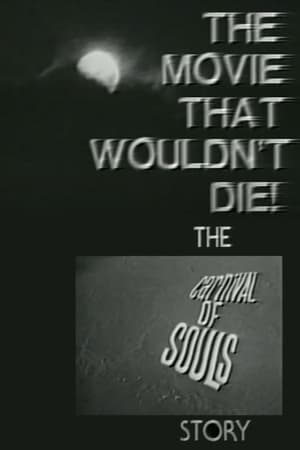 0.0
0.0The Movie That Wouldn't Die! – The 'Carnival of Souls' Story(en)
Documentary about the making of the 1962 cult film "Carnival of Souls".
 0.0
0.0The Neptunes: The Eighth Planet(en)
A documentary on the studio sessions for The Neptunes' chart topping 2003 album, The Neptunes Present... Clones. Originally bundled as a bonus DVD in limited edition releases of the album.
 6.9
6.9Behind the Curtain: Todrick Hall(en)
Known for his campy, totally funky music videos, Todrick Hall—a vibrant, lovable, and fabulously gay artist bursting with creative energy—takes you behind the scenes as he launches his most ambitious project to date: the original stage musical "Straight Outta Oz."
